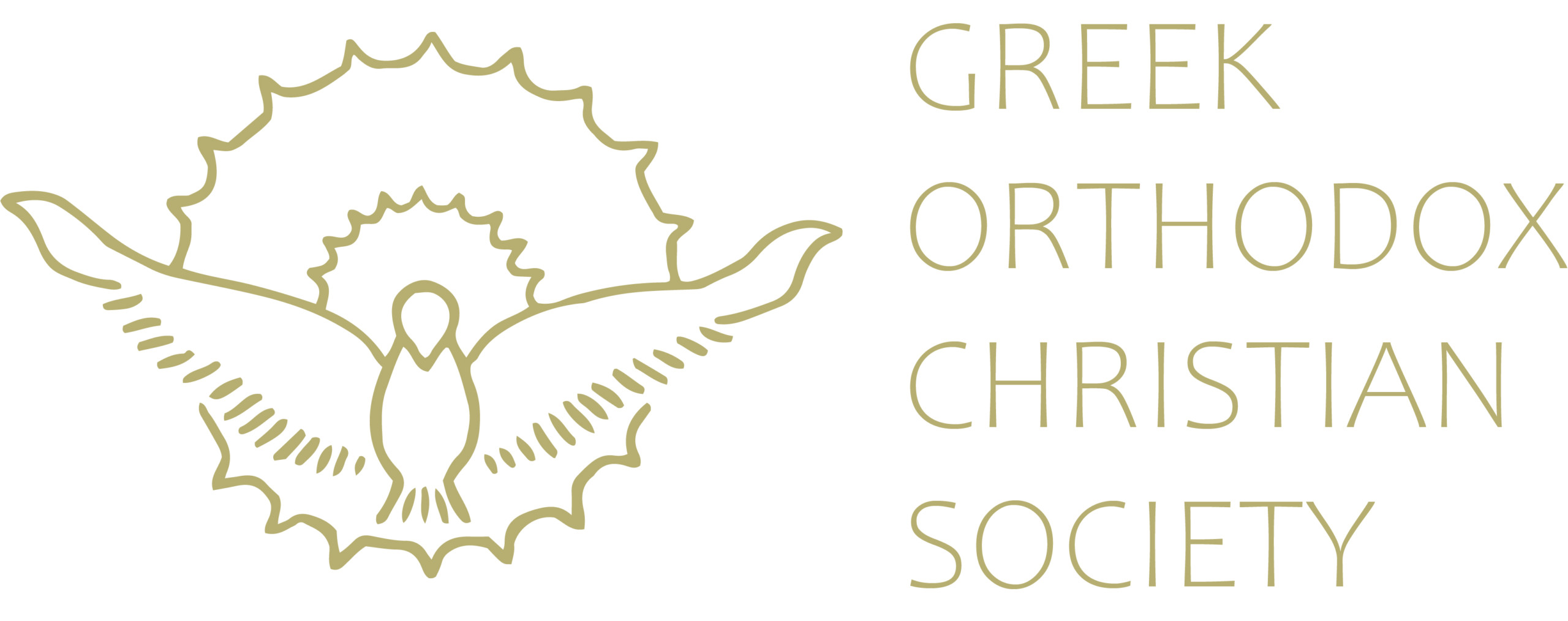Paschal Homily of St John Chrysostom

In older parish practice, it was customary for this homily to be read out at the end of the Matins Service (Orthros) of Easter Sunday as an introduction to the Paschal Liturgy. The first three lines of the Homily reveals why: “If anyone is devout and a lover of God, let him enjoy this beautiful and radiant festival. If anyone is a wise servant, let him, rejoicing, enter into the joy of his Lord. If anyone has wearied himself in fasting, let him now receive his recompense.” The Paschal Liturgy itself is where we will meet the Risen Lord in truth. Our recompense for the fast is Christ Himself.
In modern practice though, for unknown reasons, it tends to be read out at the end of the Paschal Liturgy before the Dismissal.
The Holy Father emphasises the tradition of the Liturgy as a spiritualised Divine Banquet in the spirit of Jesus Christ’s own parables of the Wedding Banquet (Mat 22:1-14) and the Great Banquet (Lk 14:15-24). As has been emphasised in this column in the past, the Holy Liturgy is the place (τόπος) and time (καιρός) where the earthly and heavenly members of the Church meet to bear witness to and partake in the saving acts of our Lord Jesus Christ, the chief being His own Resurrection.
The Holy Father, utilises standard rhetorical devices of which he is a master in this Homily, most of which are not lost in translation. He uses alliteration by repeating opening phrases or words, as portrayed in the above quote. He uses antithesis, to highlight contrasting ideas e.g. “He has mercy upon the last and cares for the first; to the one he gives, and on the other he bestows gifts. He honours the work and commends the intention.” The repeated use of the word, ἐπικράνθη (it was embittered), emphasises the complete and utter defeat of the Devil and the power of Hades.
This is why during the reading of this homily we all exclaim in one joyous voice, repeating after the priest, «Ἀνέστη» (He is Risen!) and why at its conclusion in gratitude we chant the Dismissal Hymn of its author, Saint John Chrysostom, because he so brilliantly captures the joy and beauty of Pascha.
Source: April – May 2016 Lychnos Edition
